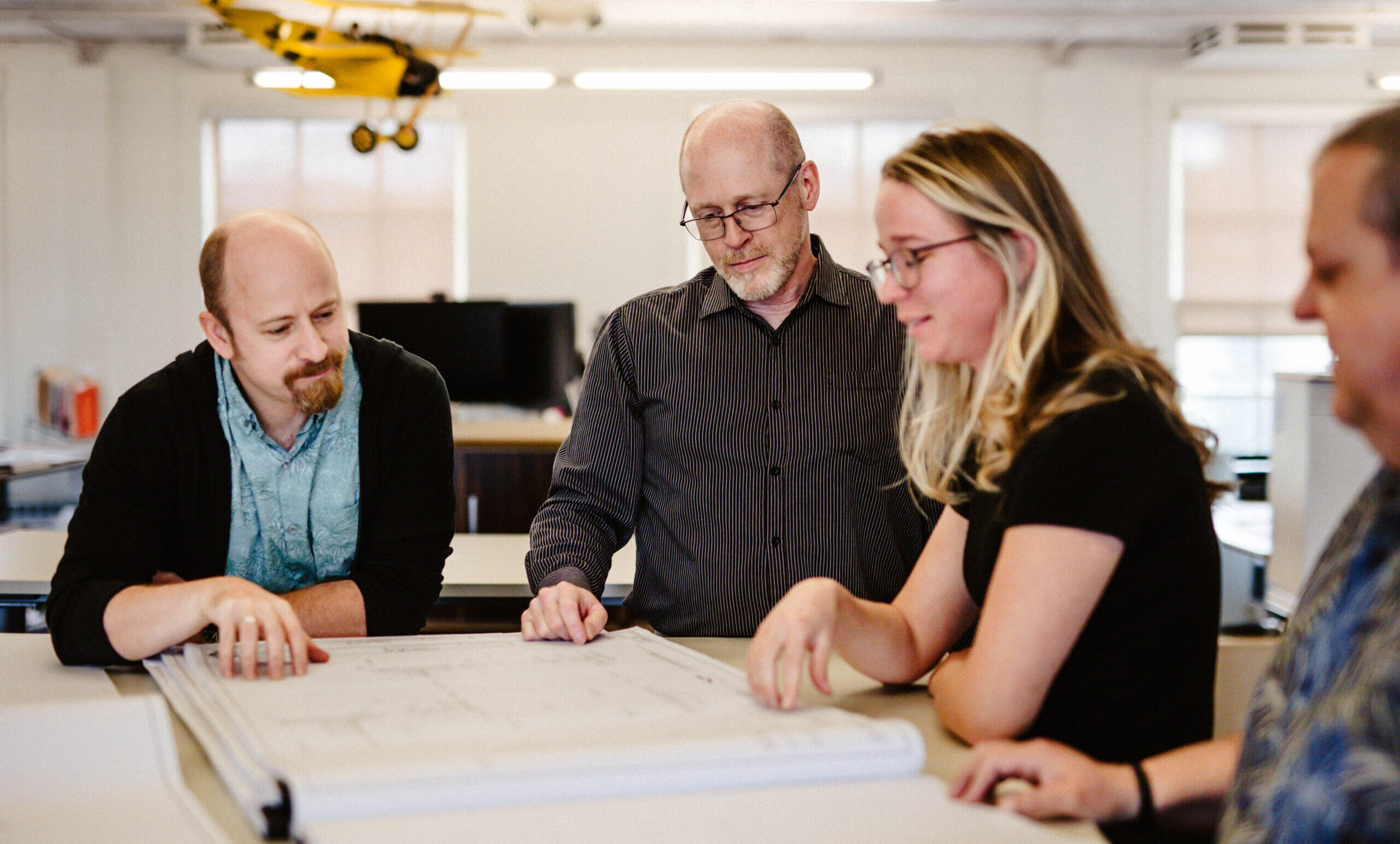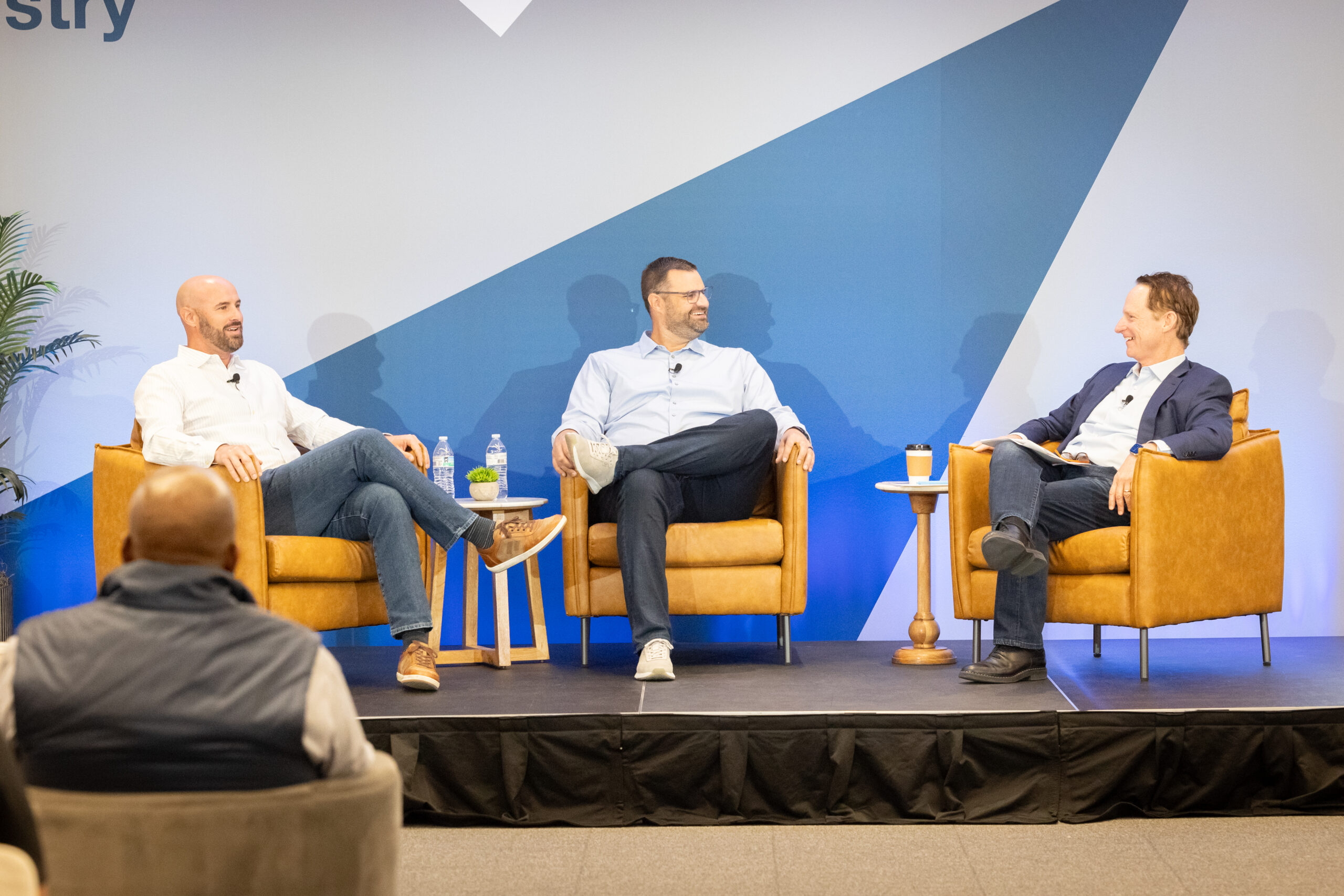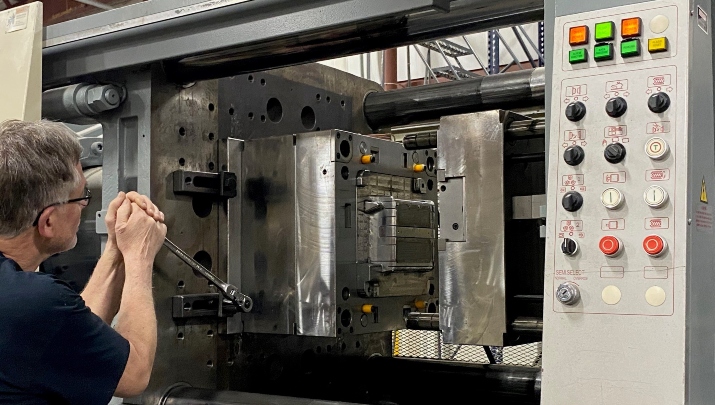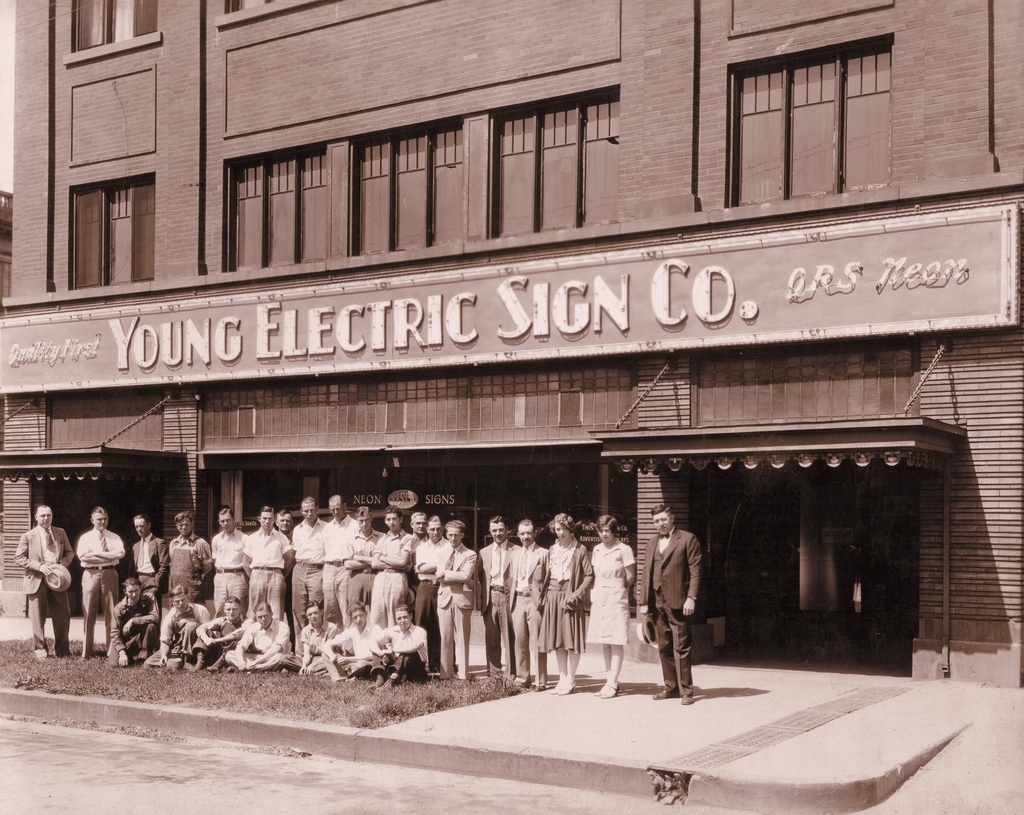

Managing Success: The Art of Persevering Through Upturns
- John Weir
- MCG Explore Design
Perseverance is one of the Evergreen 7Ps® principles and it’s critical for any Evergreen® company’s survival. Contrary to what many assume, however, it doesn’t just come into play when times get tough. In my time as President & CEO of MCG Explore Design, an Architecture and Interior Design firm based in Alaska, my team and I have gained insights into the importance of persevering through both downturns and upturns. MCG has weathered storms and soared to new heights in the more than 30 years I’ve been with the firm. Through the vagaries of the past few decades, there have been several pivotal moments that have driven home this important truth.
I joined MCG straight out of graduate school. I started drafting and moved into my current role 25 years ago. Like any company that intends to endure for the long term, at MCG, we expected that the road to success would not be a straight line, and right from the start, put some strategies in place to enable us to get through the downturns that were sure to come. Early on, for example, we adopted a ‘distributed leadership model’, in order to foster equal opportunity through independent agency, accountability, and shared success among the leadership team. This approach not only empowers individuals but also fosters super-collaboration and innovation, leading to exponential-paced growth for our company.
One specific outcome of this leadership structure has been reducing our vulnerability. Each of our seven leaders has complete freedom to pursue projects and clients on their own. The intended result has been to create a diversity of ‘lines of service,’ each on their own timeline and following their own cadence. As we move through any project, we “roll on” in the early stages and as we near completion, we “roll off.” The rolling off on the backside is where we are making the most profit, as bills come due and are paid and work closes out. This creates a sine wave of work, billings, and income with each ‘line of service.’ By creating space for multiple lines of service, each driven by their own engine and following their own plan, we end up with multiple sine waves that move at a variety of frequencies; as we are rolling onto one project, we are rolling off another, and so on. Overlapping sine waves create a median between high and low waves that is a line that is nearly flat, indicating economic stability. This means the money is coming in more or less steadily and we avoid periods of drought where we could become vulnerable to unexpected costs or expenses.
This is just good hygiene; it is part of our plan to level ‘Booms’ and ‘Busts’ both locally and nationally. It helps us stay disciplined and gives us the courage to take risks when the right opportunities arise. It also reduces the feeling of having lots of ‘extra’ cash that might cause us to become careless if it all came in at once.
Another strategy we employ that helps us stay poised for opportunities and avoid unanticipated consequences is a deep look at long term management and success. Like any strong and successful company, our strategic planning includes looking out ten or even 15 years, and doing what we can to create lines of service that will start to prosper in that timeframe; this process of assessing the now and lensing into the future is essential for cultivating a generational company. We need to keep imagining what is coming next, knowing that what makes us competitive today will not suffice tomorrow. A current example of this is our initiative in construction management; we will open a construction management line of service later this year which will, over time, allow us to compete with the larger companies offering industry specific expertise with nuanced, clever stewardship. It will take time to grow it to maturity, but we see this as an area where demand will be high in the future, and we want to be ready to be super-collaborators when that time comes.
Our distributed-leadership model and our strategic planning are examples of safeguards against vulnerability in tough times, and they’ve been remarkably successful, to date. A final, important way we guard against complacency and vulnerability is our commitment to smart growth; it’s an essential tenet to success.
Both 2012 and 2017 were tough years for us. We didn’t have our lines of service where they needed to be, and we had to reduce overhead. I had to make some hard choices and let a few people go, including one person who had been with us for 20 years. It was awful. Eventually, we started to move back into better territory, won some great contracts, and were feeling like the rough patch was behind us. In the last four years, in fact, we have had our biggest years ever – one after the other.
This created pressure to ‘staff-up’; I started hearing, “We’re doing really well – maybe we should look at hiring a few people?” But our experience in 2012-2017 taught us that this is not good discipline. We learned that a nimble, light, and quick super-collaboration suits us best. We leverage each other to turn the corner and accelerate to success together. In response to the calls for renewed hiring, therefore, we had to tap the brakes on that and re-center the conversation. We spent some time thinking about the impact on our overhead. Were these new lines of service going to endure? If so, what did we need to do to support that? If we’re not sure yet, we wait.
Over-hiring during upturns is one of the biggest mistakes we made in the past. In general, when it comes to growing the team, we choose instead to stay nimble, light, and quick. We use consultancy to add resources where we need them and to do the heavy lifts we can’t manage. This is not only a strategy for avoiding layoffs in downturns; this also keeps us, the core of the company, involved in important areas like client relationships, business development, and strategic thinking.
More is not always better. Maintaining this discipline during upturns can be challenging, because when you are feeling flush, there always seem to be easier, faster ways to resolve tensions. Perseverance here is critical; if done right, it will help lessen the need for extreme perseverance during the next downturn!
The key lies in being cautious with success. It’s about not resting on your laurels and leveraging opportunities wisely. Instead of succumbing to overconfidence during boom times, we aim for strategic, Paced Growth, we evaluate risks meticulously, and we stay prepared for unforeseen circumstances.
I’ll leave you with a metaphor I like to use that I believe is relevant. In my mind, everyone is either leaning in or leaning over, at all times. ‘Leaning in’ declares “I’m here to help you” but I have discovered that ‘Help’ and ‘Control’ are the same word – a shocking realization actually. When we are leaning in, we are not listening, collaborating, or really engaging with our interlocutor at all. Agency is lost because it is usurped by a leader’s efforts to ‘help.’ When we are ‘leaning over,’ on the other hand, we are looking in front of us to shine light on what needs to be done, all while preserving the agency of our interlocutor, who retains full rein of the outcome. Both people involved in the interaction have their eyes wide open, focused on the task at hand and on what lies ahead. Leaning over is like Inception.
Our energy is trained forward, and we are ready for anything. As a business leader, no matter how flush you feel or how impressive your success, the moment you start leaning in more than leaning over, you lose the perspective of agency and trust. This can be the first step toward the precipice where you are no longer ready for what lies ahead. Lean over at all times, and you will be ready to persevere through whatever lies ahead be it challenges or opportunities. We are all creatives and need to embrace ‘Our Design’.
More Articles and Videos

Fireside Chat with Dave Thrasher, Dan Thrasher, and Dave Whorton
- Dave Thrasher, Dan Thrasher, & Dave Whorton
- Supportworks and Thrasher Group

Get Evergreen insight and wisdom delivered to your inbox every week
By signing up, you understand and agree that we will store, process and manage your personal information according to our Privacy Policy






